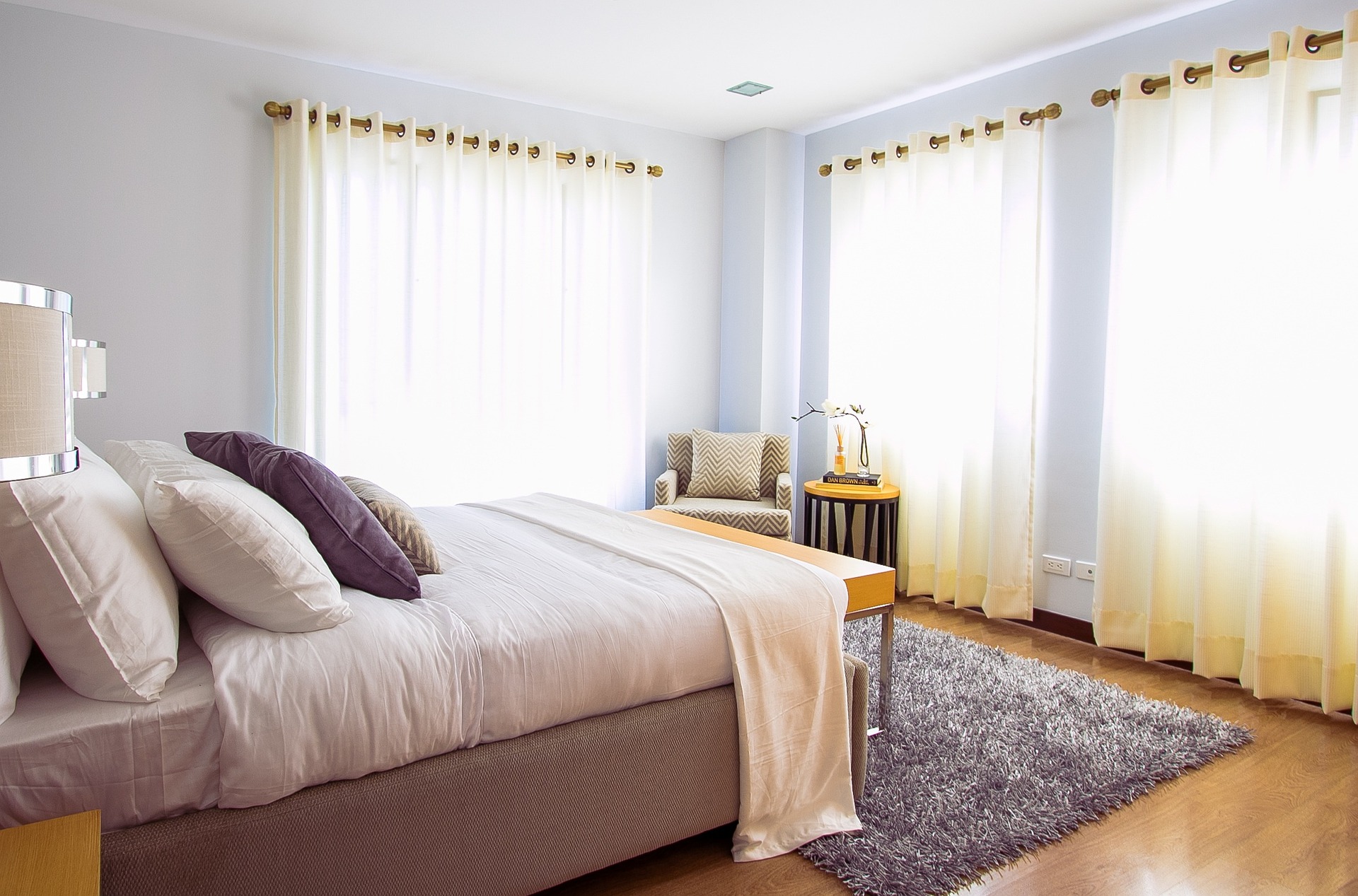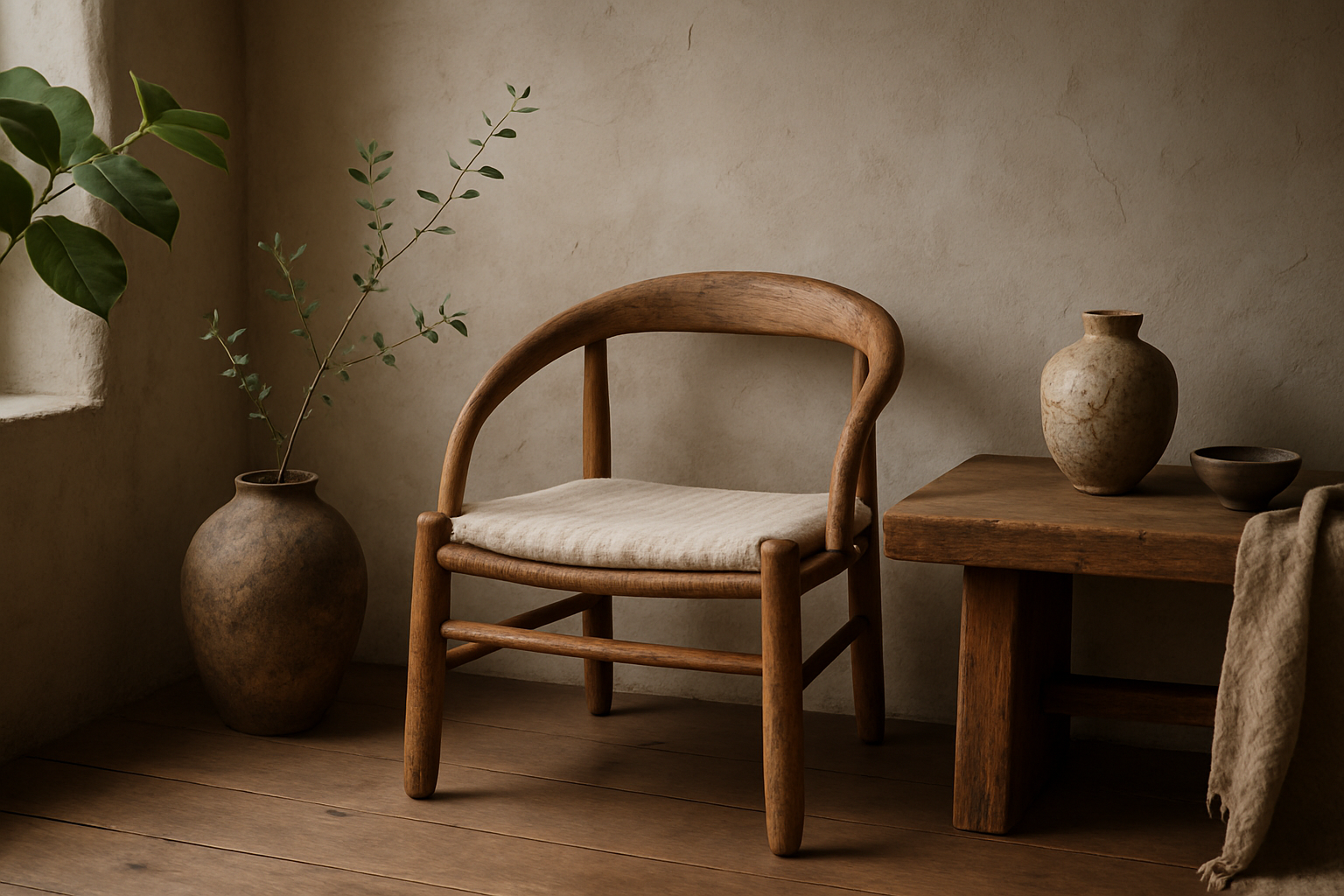Transforming Spaces: The Intricate Dance of Furniture Placement and Spatial Harmony
Introduction: When it comes to interior design, furniture placement is often an overlooked player, overshadowed by décor elements and color schemes. Yet, the ultimate beauty of a room can hinge on this subtle art. It's the intricate dance of furniture and space, harmonizing for the perfect choreography. Let's delve into the fascinating world of furniture placement, its historical roots, its modern incarnations, and its potential to transform your living space.
The History of Furniture Placement: From Function to Form
The arrangement of furniture has been a crucial part of home life since ancient civilizations. In ancient Egyptian households, furniture was minimal and placed for practical purposes. As societies evolved, so did the importance and intricacies of furniture placement. The Victorians treated furniture arrangement as a reflection of their status, with opulent pieces dominating rooms. Over time, the focus shifted from ostentatious displays to functionality and aesthetics, leading us to today’s diverse approaches.
The Art of Balance: Design Principles in Furniture Placement
Modern design principles favor balance and harmony. The placement of furniture now revolves around creating a sense of equilibrium, using factors like size, shape, and color. The rule of thirds, traditionally used in photography and painting, has found its way into interior design, helping to create balanced, pleasing spaces.
Making it Work: Practicality in Furniture Arrangement
More than just aesthetics, furniture placement plays a vital role in the functionality of a space. Proper placement can maximize room usage, facilitate traffic flow, and influence the room’s ambiance. For instance, positioning a couch facing a fireplace fosters a cozy, intimate setting, while placing it against a large window opens up the room, promoting a sense of spaciousness.
The Impact of Furniture Placement on Quality of Life
The placement of furniture can significantly affect our daily living. Studies have shown that a well-arranged room can promote relaxation, improve productivity, and even enhance social interactions. This principle is the heart of Feng Shui, an ancient Chinese philosophy that uses spatial arrangement to attract positive energy.
Crafting Your Space: Techniques for Effective Furniture Placement
While there’s no one-size-fits-all approach, some techniques can guide you in arranging furniture. For example, ‘floating’ furniture away from walls can make a room feel more spacious. Using rugs to ‘zone’ a room can help define spaces for different activities. The key is to experiment and find what works best for your space and lifestyle.
In conclusion, the art of furniture placement is an integral aspect of home design that goes beyond aesthetics. It’s about creating a harmonious, functional, and welcoming space that enhances everyday living. So, the next time you decide to rearrange your living room or bedroom, remember: it’s more than just moving furniture around—it’s a dance with space.






